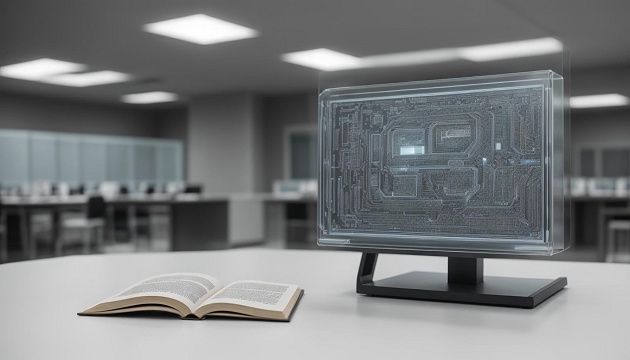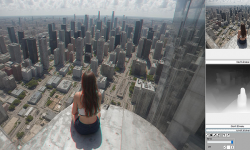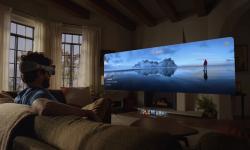The principle of stereoscopy consists in presenting two views of the same object from slightly different angles. Each image is intended for one of our eyes - because our eyes are slightly apart, each of them perceives the world from a slightly different perspective. When these images are presented to the eyes simultaneously or in short succession, our brains are able to combine these views into a single image that we perceive as 3D. Thus, we perceive some objects in the image as closer and others as more distant.
Each eye is presented with an image that captures the world from its perspective. This creates the impression of space.
Stereoscopy has many applications. In the film industry, stereoscopic films - also referred to as 3D films - are common, and the viewer must use special glasses that allow each eye to see one of the views. In the medical field, stereoscopy is used to create three-dimensional images of organs for diagnostic purposes. In art, it is used to present three-dimensional images.
In order for each eye to see only its own image, some kind of 3D glasses must be used. These can work on the principle of anaglyph (colour filtering), polarisation (the image for one eye is polarised horizontally, the other vertically), fast image switching or as a full virtual reality where each eye has its own display where the image from its perspective is shown.
3DJournal, January 2005





